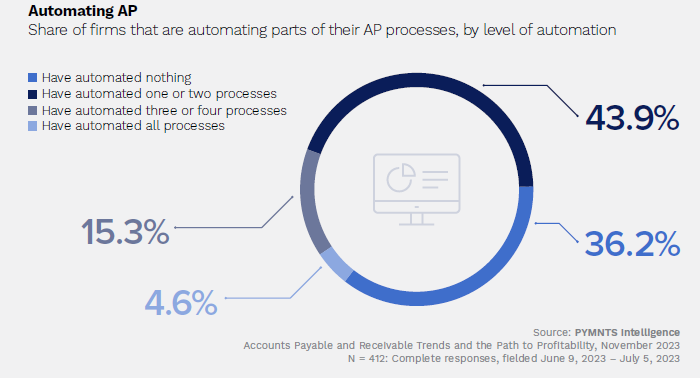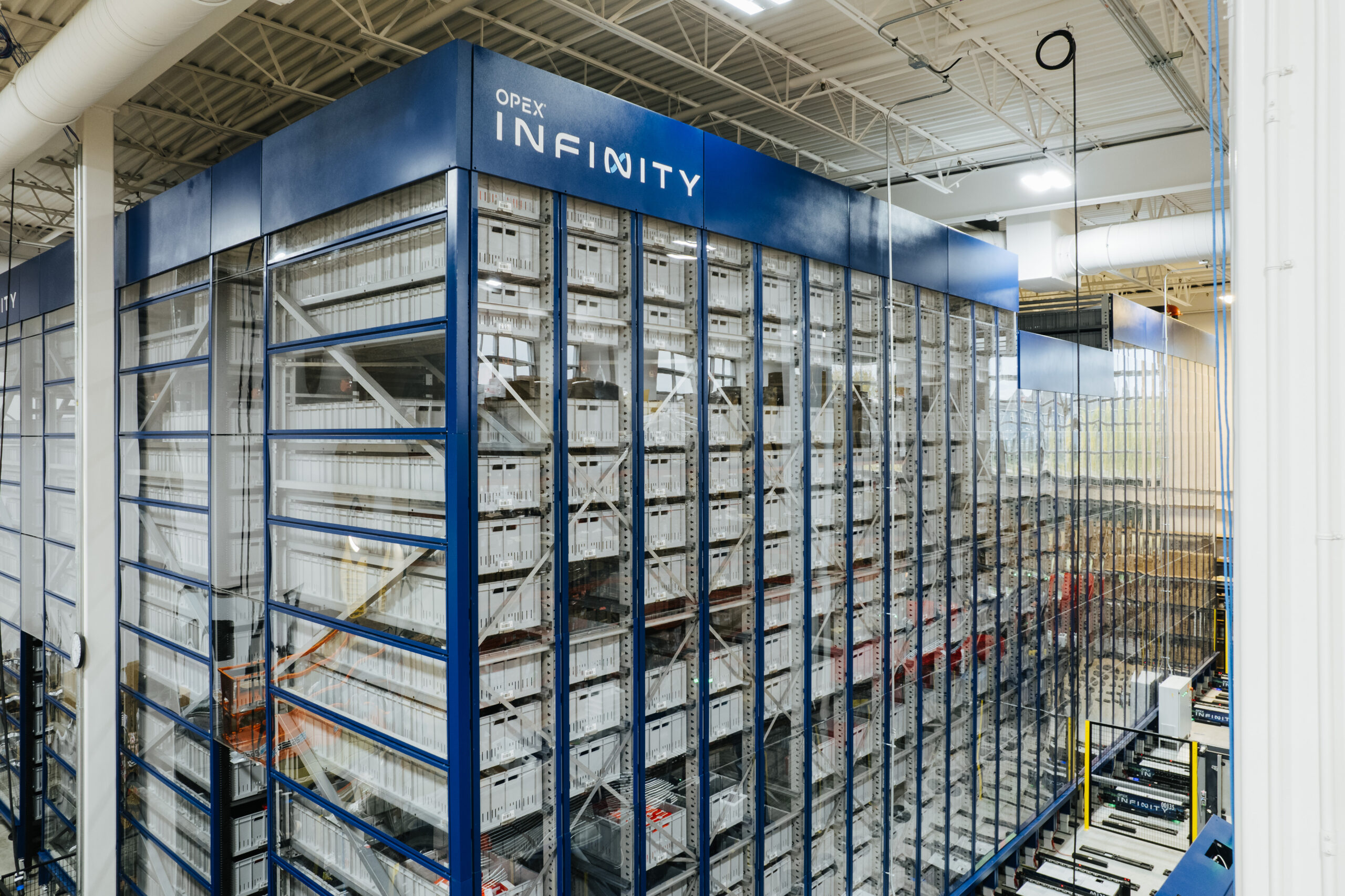Business automation has become increasingly popular in recent years, in self-storage and many other industries. There are good reasons for that. For starters, it can bring numerous benefits to an operation, including improved security, enhanced customer convenience, more accurate analytics and better net operating income (NOI). But before you jump on the technology bandwagon, here are some factors to consider, to help ensure it’s the right fit for your team and market.
Assess Your Business and Available Options
A good starting point is to assess your self-storage operation to identify areas where automation can streamline processes and improve efficiency. Consider facility size, the volume of rental transactions and your customer demographic. If your market is highly competitive and you’re looking for ways to differentiate your business, technology may be the solution.
Next, evaluate the tools you might use to enhance your business. Popular ones include self-serve kiosks, electronic gates with key fobs or codes, keyless entry for self-storage unit doors, online rentals and reservations, and inventory-management systems that allow you to track your unit inventory.
It’s important to assess each technology’s capabilities and determine how they align with your self-storage business goals. For example, if improving customer convenience is a priority, an online rental system or kiosk may be the way to go. If security is a concern, consider installing an electronic-gate system with keyless entry.
Consider Costs and Challenges
The implementation of new technology comes at a price, so consider the costs and challenges before making the investment. Understand the initial cash outlay as well as installation fees, ongoing access fees, ongoing maintenance and support, and updates. It’s also vital to consider necessary training for staff, to ensure they can effectively use the new tools.
Another factor to keep in mind is customer adoption. While some self-storage tenants may be excited about the convenience of automation, others could be hesitant. It’s essential to effectively communicate the benefits of any new technology and provide adequate training on how to use it. There could be a learning curve for staff and customers, so be prepared.
Here are a few other guidelines to help ease the transition:
- Start small. Add automation in stages rather than all at once. This’ll help you gauge the impact and allow you to adjust. You’ll also avoid overwhelming your users if you roll out the new systems slowly. Everyone will have time to adapt.
- Consider integration. Think about how the technology you choose combines with your existing systems and processes. Integration can greatly improve efficiency and results.
- Keep an open mind. Automation is constantly evolving, so be open to new tools that may yield a better customer experience and NOI.
There are many factors to weigh when it comes to self-storage automation. Take the time to understand the benefits and challenges, then work with a trusted vendor to find the best tools for your business and market.
Andrew Capranos, president of 10 Federal Storage, is a solution-oriented executive with a proven track record of successfully developing holistic, 360-degree operating strategies and growth plans that enhance organizational agility, efficiency and profitability. Headquartered in Raleigh, North Carolina, 10 Federal owns, operates and manages a portfolio of 70 unattended self-storage facilities across 14 states.










